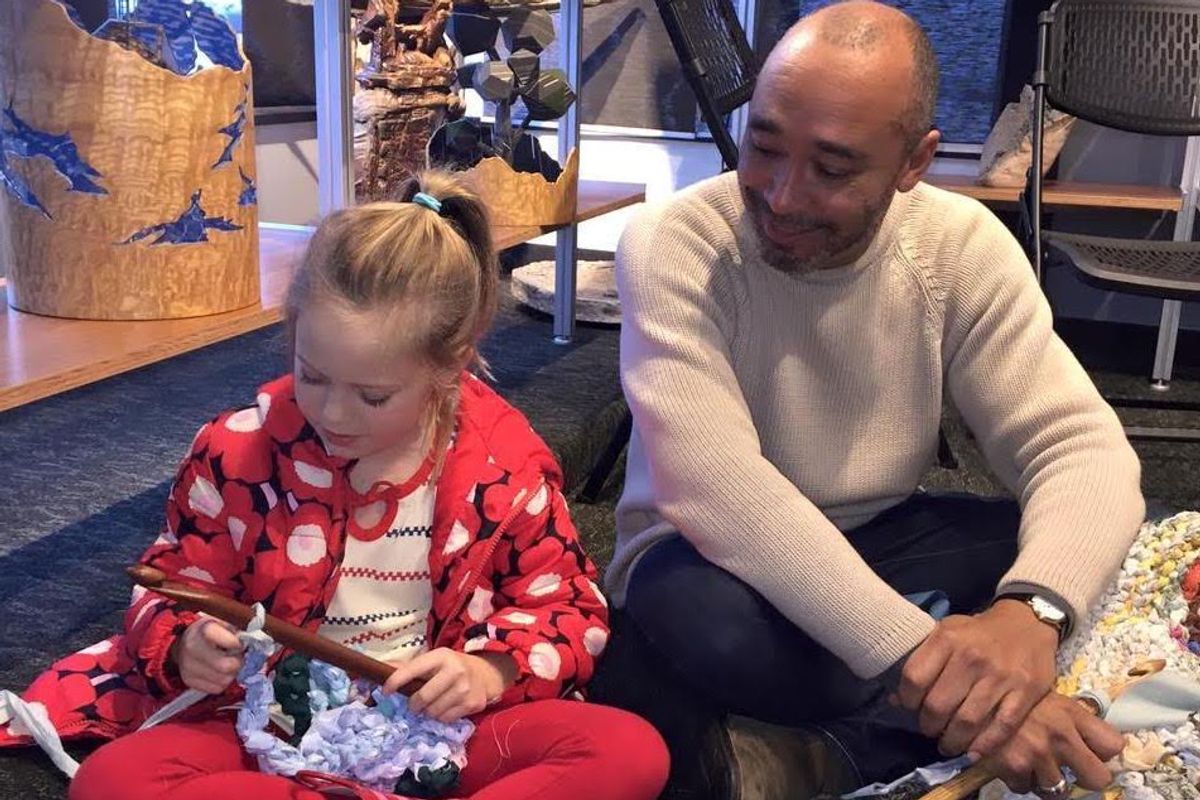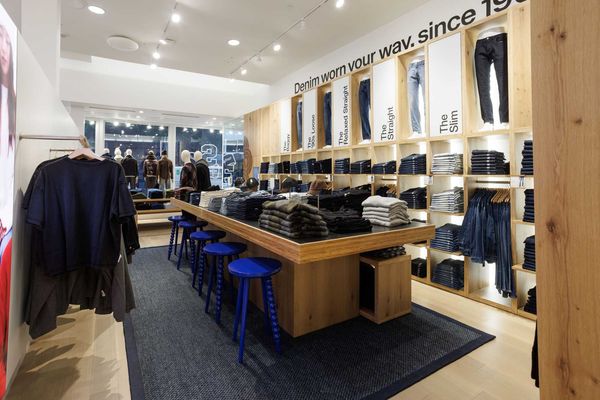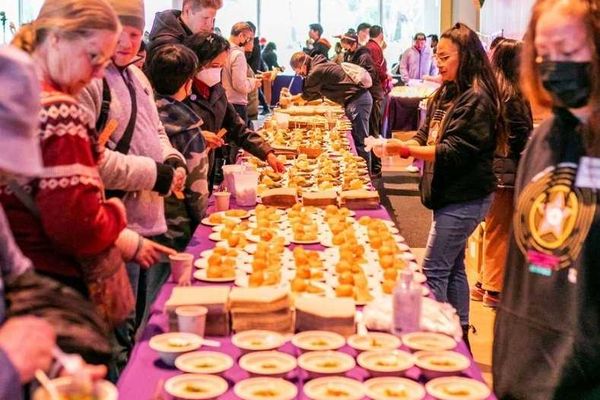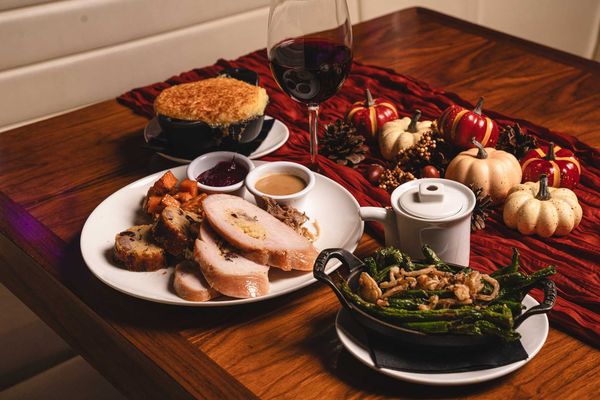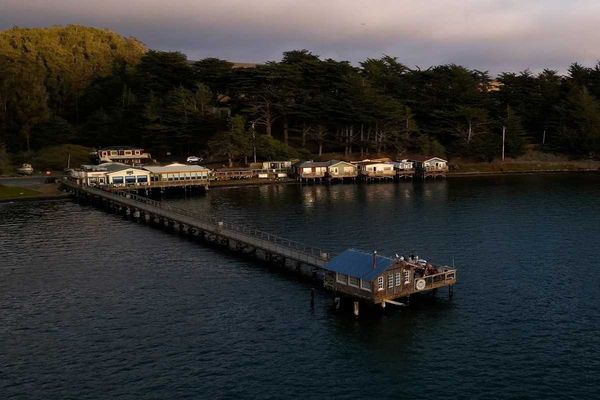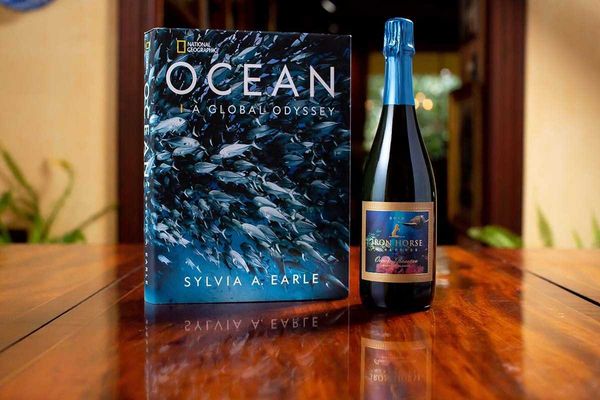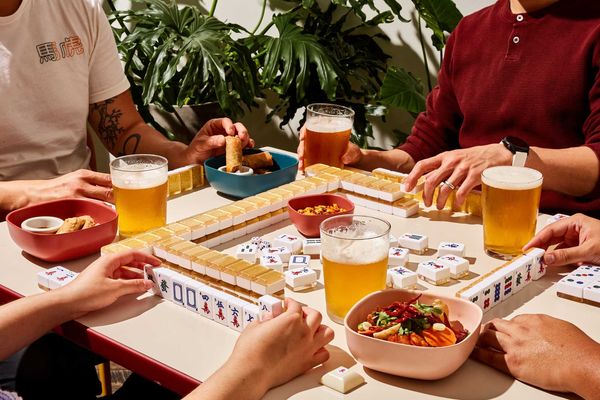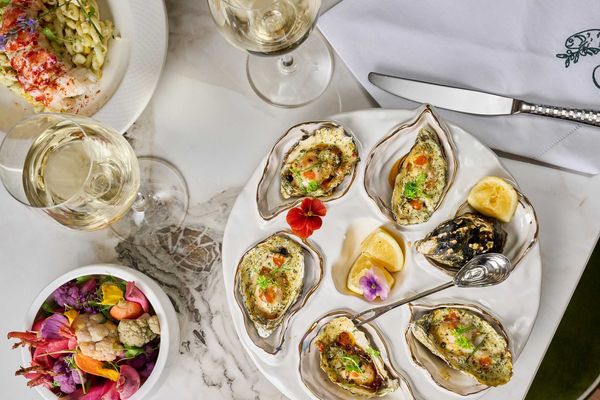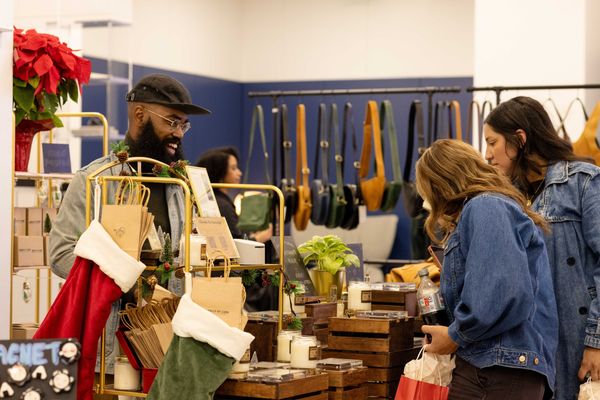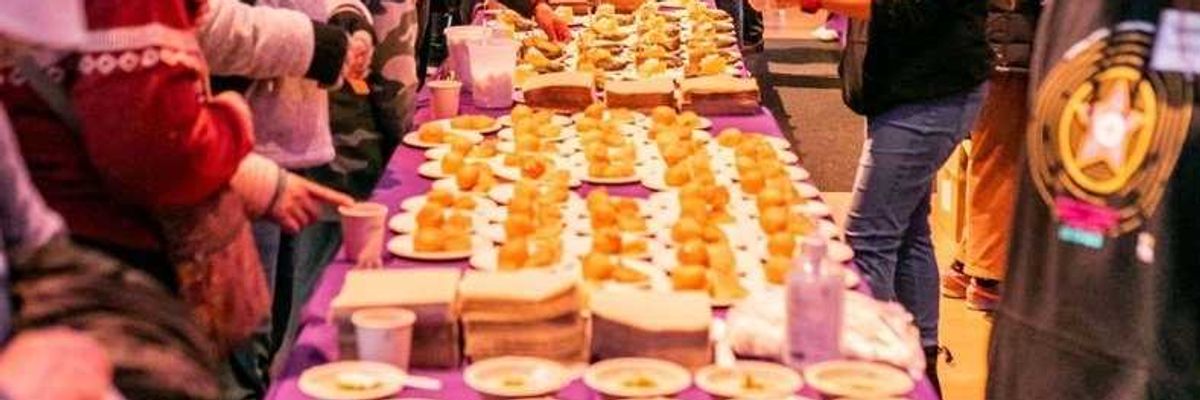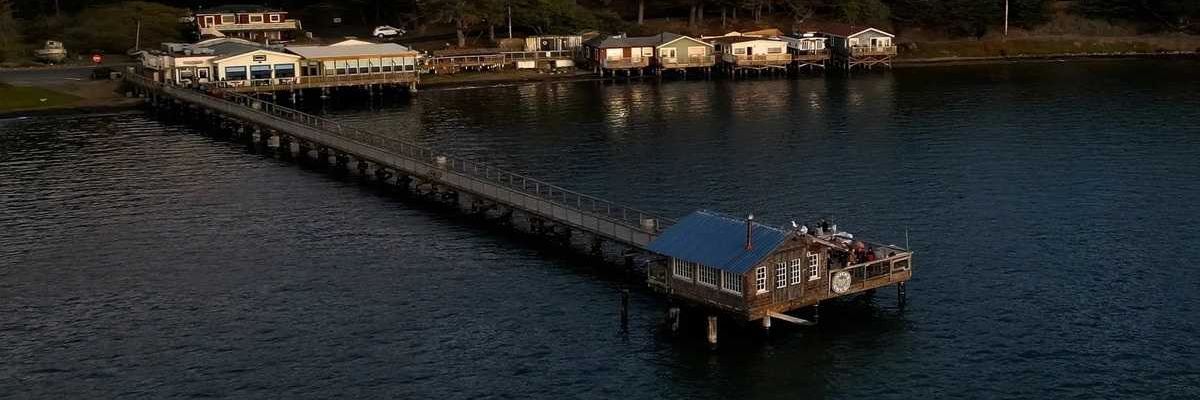Ramekon O'Arwister began quilt-making with his grandmother as a child growing up in an oppressive society in North Carolina during the 60s and 70s, where he felt unsafe, detached, and uncomfortable being himself.
As a black and gay adolescent living in a racist and masculine environment, O'Arwister's grandmother knew intuitively that he was having a tough time, so she would let him change the colors and patterns on the quilts she was making, to let him know, recalls O'Arwister, "This was a safe space; I could be myself there."
Decades later, after retiring from his position as curator of fine arts photography at SFO museum where he worked for ten years, O'Arwister took this family tradition and turned it into a social-art practice by bringing people together to participate in crocheting large free-form rag rugs in public spaces. Through Crochet Jam, O'Arwister, a Mission resident, fosters creativity and provides an opportunity for people to interact. We spoke with O'Arwister to find out more about Crochet Jam and his intentions with it.
7x7: How did you come up with the idea for Crochet Jam?
RO: It started with sewing in 2011. I had seen rag rugs around and I started sewing them with sewing needles. I would invite people over to my house to sew them with me. I wanted to take something that had been in my family, a family event that people did together, and take it out of the family home. I wanted to make it public and bring in strangers, revolutionize it. There would be no rules or expectations, I just wanted to foster creativity and social interaction between people. In these early days, Crochet Jam was called "Stitch." When I got a residency at the de Young Museum in 2012, they didn't like the idea of me using needles for a public sewing project because they thought it wasn't safe. A friend of mine saw my rag rugs and told me I could just crochet them. I learned single-stitch crochet with wooden hooks and that's when it became Crochet Jam.
How did you get the project up and running?
I would invite people to my house to sew rag rugs with me. But it changed a lot when I got the De Young residency. Now I was able to take it to the larger community and make it more public. I wasn't just doing it in my home anymore, I was connecting with organizations and art spaces and taking Crochet Jam all over the place.
What exactly is Crochet Jam?
I bring strips of fabric, and attendees can bring their own fabric. I teach single-stitch crochet at the beginning of each event. This is the simplest form of crocheting. I want a very short learning curve. I only know this one stitch and I don't care about technique. I'm a social-practice artist, not a crochet artist. Once I have taught the stitch I take a backseat and the participants start crocheting using wooden crochet hooks. There are no patterns, no rules, it's all free-form. Letting go of rules is important to the project. Participants are not being told what to do by me and I don't pass any judgement. If someone asks me how it looks I just say, "How does it feel?" Because it doesn't really need to look good and they don't need me to validate their creativity. Because there are no expectations and no rules, people relax and are much calmer. They interact with people they normally wouldn't interact with, which is important. We need to be much more caring about our neighbors as a society.
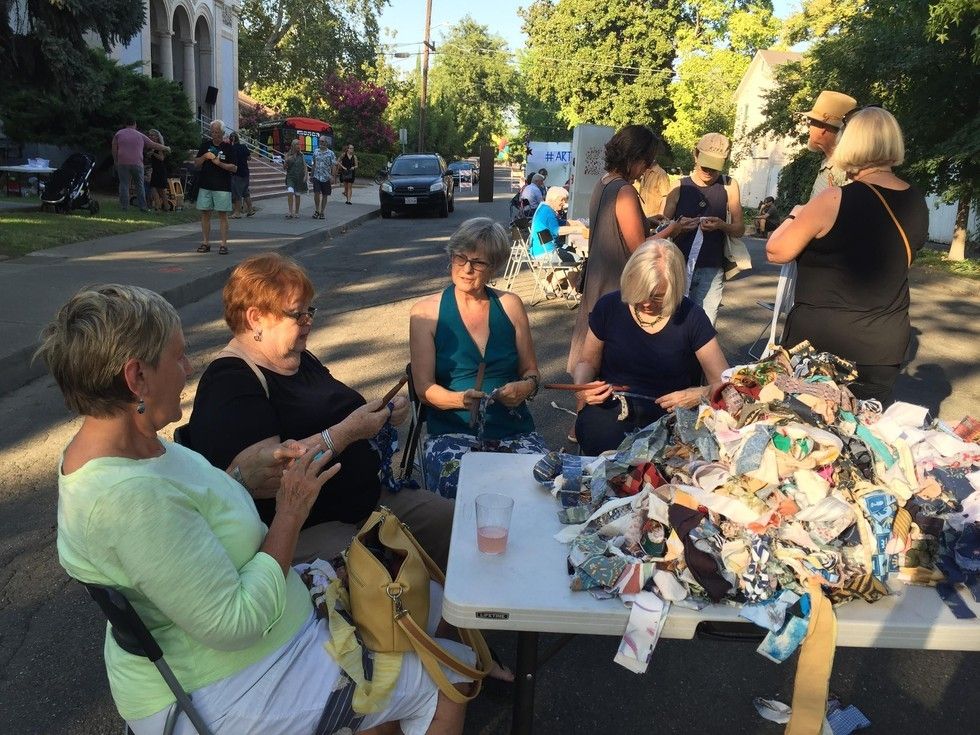
When and where does Crochet Jam take place?
Crochet Jam happens six to eight times a month. Four times a month I do Crochet Jam with school kids through my residency at Recology. A session usually lasts about 2-3 hours. The locations vary, but they are commonly held at different art spaces. Recently Crochet Jam was held at Kala Art Institute in Berkeley and at the San Francisco Arts Commission Gallery. It's completely free to attend and all materials are supplied, including learning how to crochet. The number of people who attend varies drastically. I've done it with as few as five to eight people and as many as 400. I've had children as young as four and adults as old as 96.
What has been your favorite thing about Crochet Jam?
My favorite thing about it is that I get to see what my grandmother taught me and how crocheting inspires others. I feel very grounded because of how I can transform what's happening on the outside into something positive on the inside. I can take people away, for just a few minutes, from their anxiety, fear, and anger and make them feel calm and relaxed. I feel very fulfilled by this.
What do you hope people take away from Crochet Jam?
I hope it allows people to calm down and relax for a minute. It's very meditative. And I hope it fosters social interactions between people. It's important for us to interact in a strong and positive way so we can help each other. We can't help each other if were scared, stressed, and anxious.
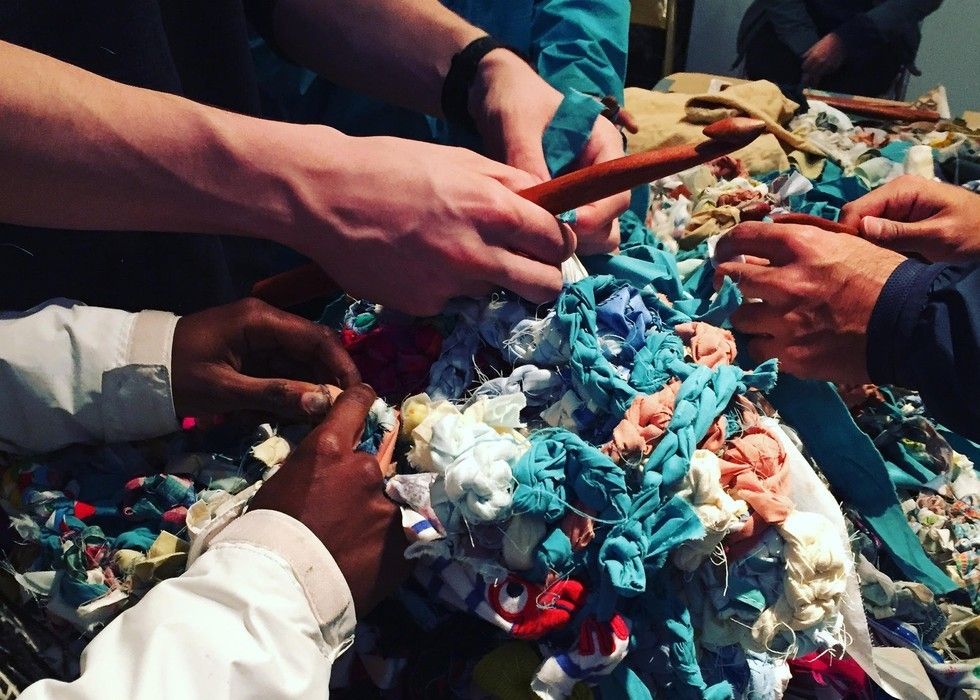
What happens to the quilts that are made at Crochet Jam?
Sometimes individuals can take what they make as a memento of their experience. Sometimes if they are made with an organization or institution they will be displayed as a piece of art at that location. For example, I'm working on a large piece with seniors at the Bethany Senior Center that will be displayed in their building. Sometimes something cool and unexpected happens with them. I'm currently working on transforming a tapestry into an outdoor ceramic tile mural.
Are there any local spots where people can go to see a piece that was made at Crochet Jam?
You can currently see pieces at a SOMArts' exhibition called Touch On, which will be open until January 12. In the show, there is a 20 ft-by-40 ft Crochet Jam piece as well as my personal crochet works.
What are your future plans for Crochet Jam?
My goal is to take Crochet Jam to places where people are most confined, where it can have the most impact. In the future, I see Crochet Jam happening in places such as hospices, hospitals, and prisons; places where people really need something relaxing to do. I really want to partner with organizations and institutions to move Crochet Jam into non-traditional art environments. I also want to keep it street level. I'd like to do more street projects because the tension is on the streets.



